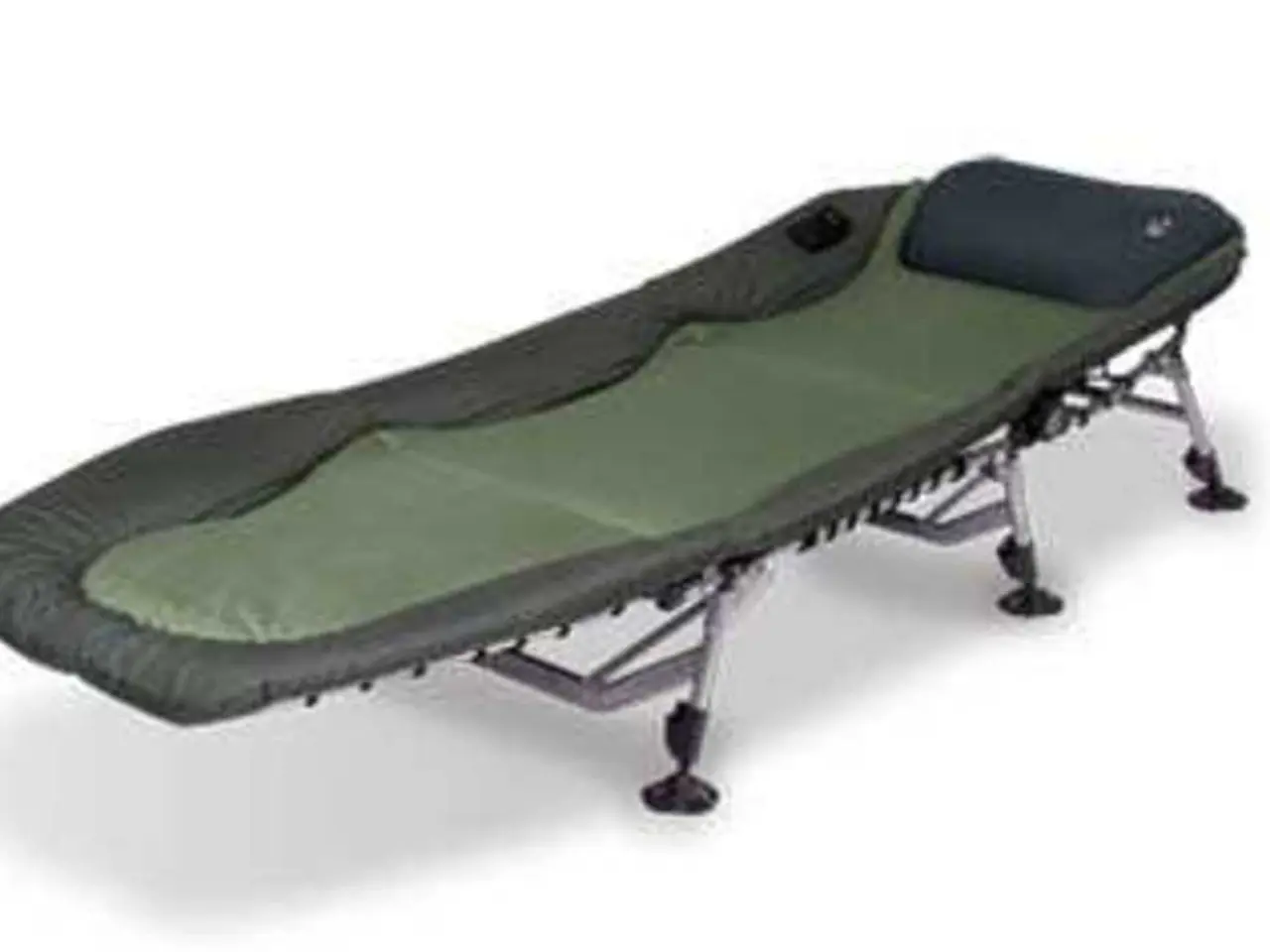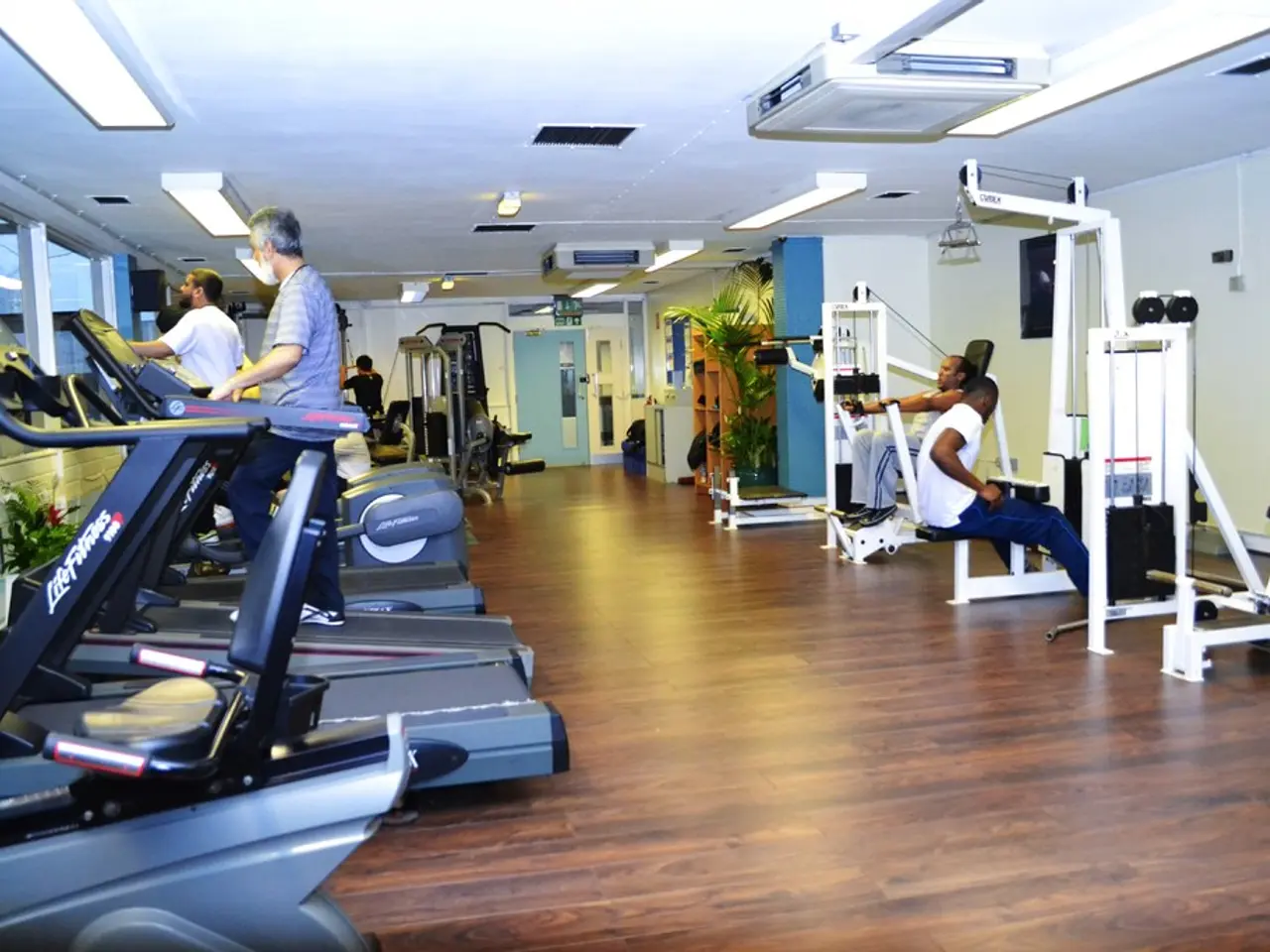Navigating Sciatica and Exercise: A guide for managing your lower back pain
Strategies for Maintaining Exercise with Lower Back Pain (Sciatica)
When it comes to staying healthy and active, sciatica can be a real pain in the back... and legs. This condition, which affects the sciatic nerve, can cause numerous symptoms like sharp pain, tingling, numbness, and weakness. But fear not, because there are ways to stay active and keep your sciatica under control.
1. Tune in to Your Body
One of the most essential things you can do when dealing with sciatica is to listen to your body. Pay close attention to any discomfort or pain during physical activity. If a certain exercise worsens your symptoms, modify or skip it altogether. Remember, what works for one person may not work for another, so always prioritize your comfort and well-being.
2. Low-impact Exercises at the Top
Low-impact exercises are generally safe for people with sciatica. These exercises minimize stress on the spine and joints helping to reduce the risk of aggravating the condition. Some examples include:
- Walking: A simple, yet effective exercise to promote overall fitness with minimal impact on the back.
- Swimming: Great exercise option as it offers a full-body workout while supporting the spine.
- Cycling: Bike riding is an excellent low-impact activity for building strength without putting undue pressure on the sciatic nerve.
- Yoga: Certain poses can help stretch and strengthen the muscles, providing relief from sciatic pain. However, it's essential to practice under expert guidance.
Be sure to take it slow when starting a new workout routine and gradually increase intensity over time. Consult with a healthcare professional before embarking on any new exercise program.
3. Stretch and Tone Your Muscles
Exercises targeting the muscles around the sciatic nerve can help alleviate sciatica symptoms. Gentle, controlled movements can improve flexibility, decrease muscle tension, and support the healing process. Some effective exercises include:
- Hamstring stretches: Lie on your back, bring one knee toward your chest, then straighten your leg towards the ceiling using a towel or strap if needed. Hold the stretch for 20-30 seconds and repeat on the other side.
- Piriformis stretches: Lie on your back, bend both knees, and cross one leg over the other. Slowly bring the uncrossed leg towards your chest until you feel a stretch in your buttocks. Hold for 20-30 seconds and repeat on the other side.
- Core exercises: Strengthening the core muscles can provide support for the lower back, minimizing strain on the sciatic nerve. Planks, bird dogs, and pelvic tilts are effective exercises to include in your regular routine.
Be sure to execute these exercises with proper form and technique to avoid injury. If you're unsure about a particular exercise, seek guidance from a qualified professional.
4. Step Away from High-impact Activities
Activities with high impact, such as running or jumping, can put excessive stress on the spine and worsen sciatica symptoms. During the acute phase, it's advisable to minimize or avoid these activities. Instead, choose lower impact exercises that offer similar benefits without the risk of exacerbating your condition.
5. Consult a Professional
If you're struggling to manage your sciatica or need personalized guidance on suitable exercises, consider seeking help from a healthcare professional or physical therapist. They can help provide tailored treatment options to assist in relieving pain and supporting recovery. extra therapies, like chiropractic care or acupuncture, may complement your exercise routine.
Remember, everyone's experiences with sciatica is different. Find what works best for you through trial and error. Gradually incorporate exercises and activities into your routine, always prioritizing your comfort and well-being. With the right approach to physical activity, you can effectively manage your sciatic pain and boost your quality of life.
Ready to say goodbye to sciatica pain? Check out our clinic's comprehensive sciatica treatment services. Visit our website to learn more and schedule an appointment today!
Additional Low-impact Exercises for Sciatica
1. Seated stretches and movements
Exercises that can be done while sitting can help sciatica sufferers reduce strain while still stretching and mobilizing the lower back and hips. An exercise involving sitting up straight with feet flat and shoulder-width apart, arching the back gently by inhaling and exhaling while lowering arms can relieve tension safely[2].
2. Gentle Therapeutic Yoga Poses
Therapeutic yoga styles incorporating gentle poses such as Cat-Cow, Child's Pose, gentle seated twists, and side-lying stretches are beneficial for sciatica. Practicing daily for 10-15 minutes during acute phases and gradually increasing duration as symptoms improve to 20-30 minutes three times per week supports relief and recovery, as long as modifications are employed, and the body is listened to avoid overstretching[3].
3. Swimming and Water Exercises
Swimming is considered one of the best low-impact exercises for sciatica because the buoyancy supports body weight, reducing spinal pressure and nerve irritation while providing cardiovascular and muscular benefits[4].
4. Pelvic Floor Muscle Exercises and Trigger Point Release
Targeted pelvic floor exercises (such as Kegels) and trigger point release techniques can help strengthen muscles around the pelvis and release tension, potentially alleviating sciatic nerve pressure. These exercises should be done under the guidance of a pelvic floor therapist as part of a comprehensive, personalized treatment plan[5].
Summary of Safe Low-Impact Exercises for Sciatica
| Exercise Type | Benefits | Notes ||----------------|---------------------------------------|------------------------------|| Seated stretches| Gentle mobilization and stretching | Low risk of injury, can be done anywhere || Therapeutic yoga | Improves flexibility, reduces nerve pressure| Requires modifications and gradual progression|| Swimming | Reduces spinal pressure, whole-body exercise| Excellent for pain relief and fitness || Pelvic floor therapy| Strengthens pelvic muscles, reduces nerve pressure | Needs professional supervision |
- When dealing with sciatica, pay attention to your body's response during physical activities, and modify or skip exercises that worsen symptoms.
- Include low-impact exercises in your routine, such as walking, swimming, cycling, yoga, and specific muscle-toning exercises, like hamstring stretches and piriformis stretches.
- During the acute phase, avoid high-impact activities like running or jumping, as they can exacerbate sciatica symptoms.
- Consult a healthcare professional or physical therapist for personalized guidance on suitable exercises and tailored treatment options for sciatica relief.
- Consider additional low-impact exercises for sciatica, such as seated stretches, gentle therapeutic yoga poses, swimming, and pelvic floor muscle exercises, as long as they are performed under expert guidance.
- Maintain overall health and wellness by paying attention to nutrition, mental health, skin care, and other aspects like chronic diseases, chronic kidney disease, migraines, and neurological disorders, as they may impact sciatica and exercise routines.




